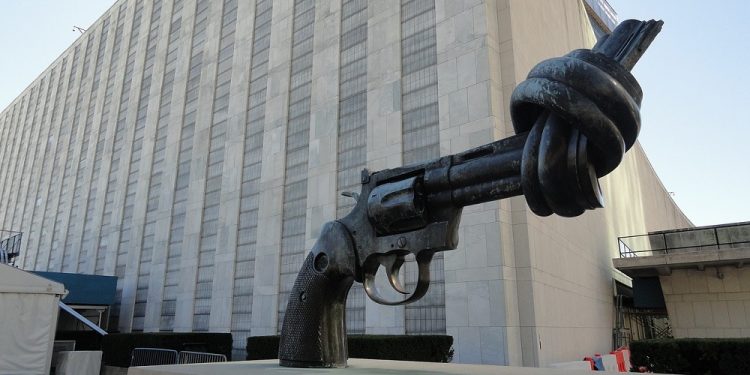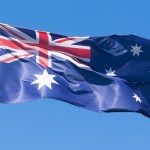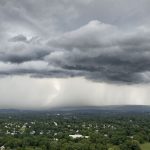
International Day of Non-Violence
It feels like a day that should be common, or something that doesn’t need a dedicated day, but the International Day of Non-Violence is important. By practicing nonviolence, we can make the world a better place, and raising awareness of this day and all it encompasses can be done on October 2nd.
It is a United Nations-recognized day, and many of the principles center around the teachings of Mahatma Gandhi.
History of International Day of Non-Violence
The idea of non-violence has a close relation to making social change. Protests have a history of becoming violent, often from both sides. So, non-violent protests were at one point revolutionary and are an act of making a political or social stance, ensuring a voice is heard but without the risk of having one’s point marred by violence.
There are different forms of non-violence in protests, but the most common are marches; there are also ways of not cooperating but without violence, and also using blockades peacefully.
Arguably the most famous non-violent protester was Mahatma Gandhi. Even under oppressed conditions, he chose non-violent protest and encouraged others to do the same for social change. This was his belief when faced with finding a path to freedom from colonization.
To Gandhi, it didn’t make sense to use violence to achieve a peaceful solution. International Day of Non-Violence falls on October 2nd, the birthday of Gandhi. The day itself was established in 2007 by the General Assembly to reaffirm the values for which Gandhi became known.
Initially, there were 140 sponsors at the announcement of the day, with the introduction led by Mr. Anand Sharma – India’s Minister of State for External Affairs.
How To Observe International Day of Non-Violence
One of the best ways to acknowledge the day is to invest some time in research. Looking at peaceful protests of the past will show just how attitudes have changed over time. There are also the teachings of Mahatma Gandhi.
For such an influential civil rights leader, many people do not know enough about how he changed the attitudes of politics and protests to encourage peace when finding a resolution. There are plenty of autobiographies of people who made a difference through peaceful protest.
Just look at icons such as John Lennon – much has been written about their ways of peace. There are also plenty of documentaries on the lives of people like Martin Luther King and Nelson Mandela. Their stories are some of the most famous, but there are plenty of examples of how peaceful movements led to positive change throughout time.
This is a great way of talking to children about conflict resolution and how using peace to break up a potentially violent situation can be achieved. It can help give them confidence in how they can bring change into their lives without resorting to violence.
As always, using the hashtag #InternationalDayofNonViolence is a good idea. This can show how other people are observing the day, provide plenty of ideas for what to look up, and allow you to share your thoughts as well.








